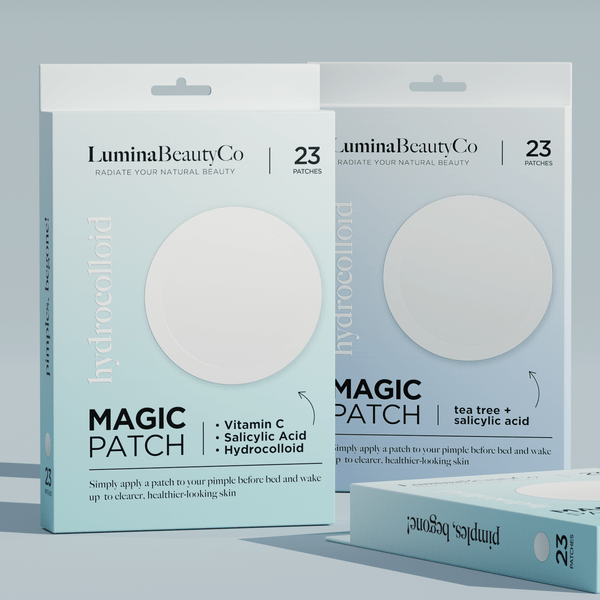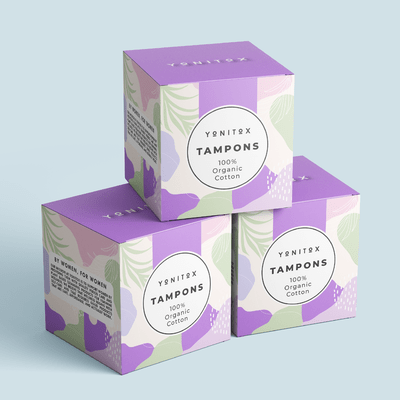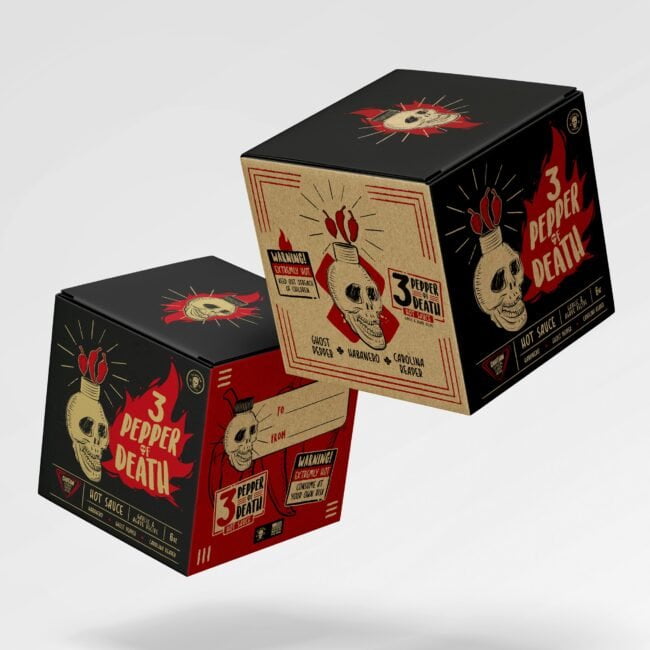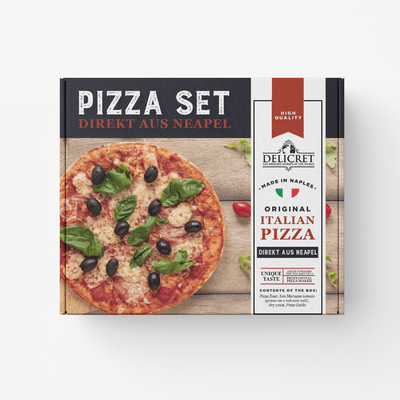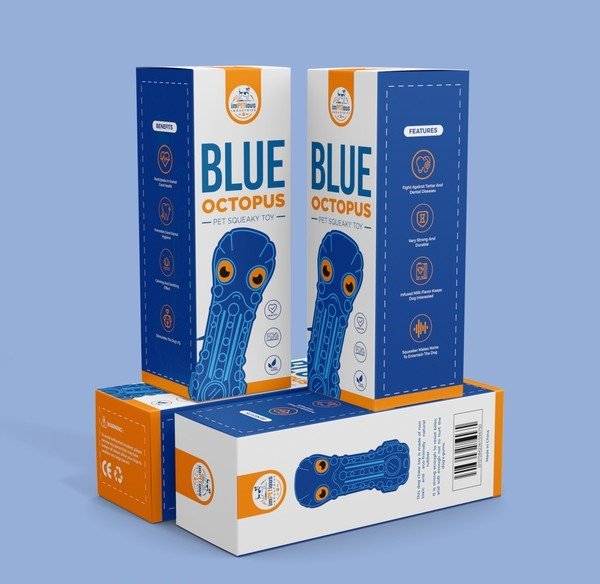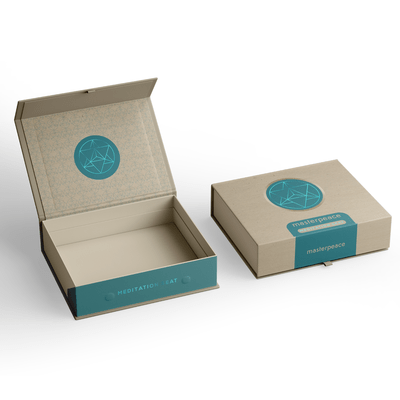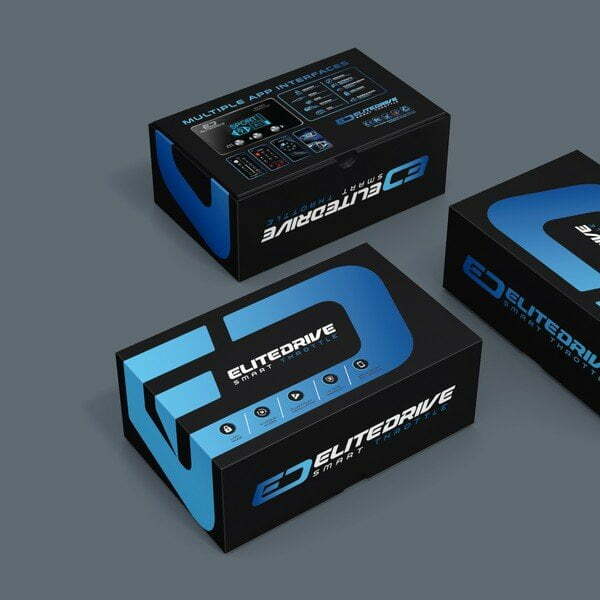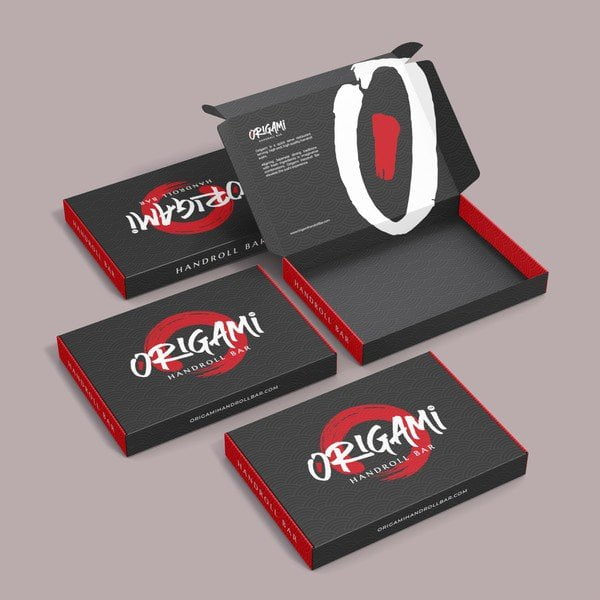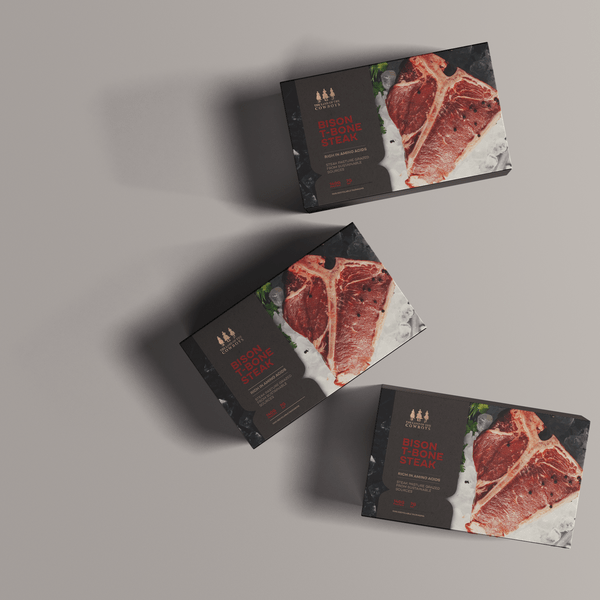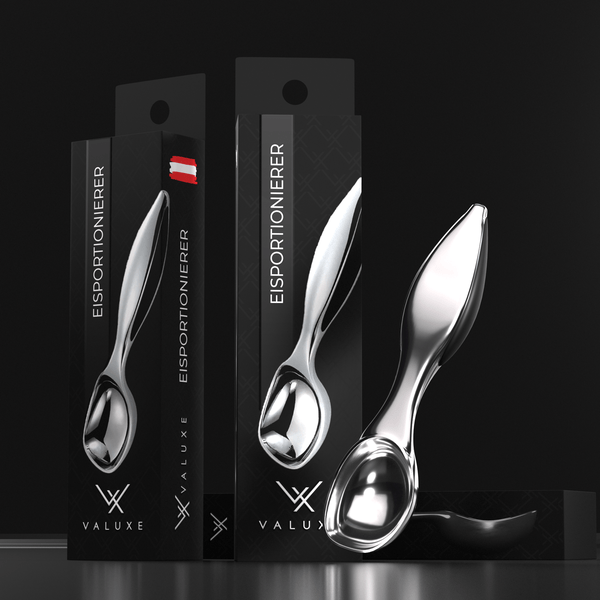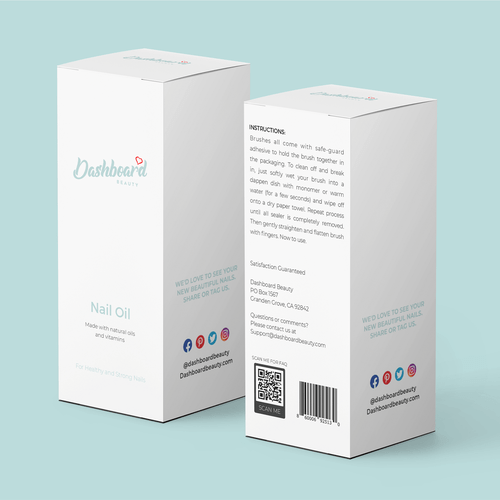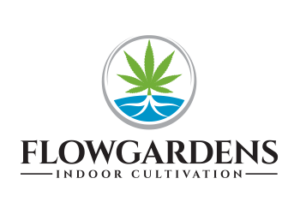The Complete Guide to Bakery Boxes: Elevating Your Brand with Custom Packaging Solutions
Introduction Bakery boxes are specialized food-grade packaging containers designed to safely transport baked goods while preserving freshness, structural integrity, and visual appeal. Custom bakery boxes serve dual purposes: protecting delicate products during transit and reinforcing brand identity through personalized design elements that differentiate bakeries in competitive markets. Are your baked goods arriving damaged at customer doorsteps? Is your packaging failing to communicate your brand’s premium quality? You’re not alone. Over 60% of bakery businesses report that inadequate packaging directly impacts customer satisfaction and repeat purchase rates. The right bakery packaging solution goes beyond simple containment—it’s a strategic business asset that protects your products, amplifies your brand presence, and creates memorable unboxing experiences that drive customer loyalty. Whether you operate a boutique patisserie, commercial bakery, or online dessert delivery service, understanding the nuances of custom bakery boxes can transform your packaging from an afterthought into a powerful marketing tool. This comprehensive guide explores everything B2B decision-makers need to know about selecting, customizing, and leveraging bakery boxes to maximize product protection, enhance brand perception, and ultimately increase profit margins. Understanding Bakery Boxes: Types and Applications Standard Bakery Box Categories Bakery boxes come in diverse configurations to accommodate different product types, business models, and customer expectations: Window Bakery Boxes These containers feature transparent acetate or PET plastic windows that showcase products without opening the package. Window boxes increase impulse purchases by 34% according to packaging industry research, as customers can verify product quality and visual appeal before buying. They work exceptionally well for decorated cupcakes, colorful macarons, and artisan cookies where presentation drives purchasing decisions. Solid Wall Bakery Boxes Traditional opaque boxes offer maximum structural integrity and cost efficiency for high-volume operations. These workhorses of the bakery industry protect products from light exposure, maintain consistent internal temperatures, and provide ample surface area for branding elements. Solid wall designs suit bread loaves, bulk cookie orders, and products where visual inspection isn’t necessary before purchase. Cake Boxes and Tiered Designs Specialized tall boxes with reinforced corners accommodate layered cakes, tall pastries, and elaborate dessert presentations. Premium cake boxes often include internal support systems, grease-resistant coatings, and stackable features that facilitate efficient storage and transportation. Why Custom Bakery Boxes Matter for B2B Success Brand Differentiation in Saturated Markets The American bakery market generates over $45 billion annually, with thousands of establishments competing for customer attention. Custom bakery boxes transform ordinary packaging into brand ambassadors that work 24/7. Recognition and Recall Consistent packaging design increases brand recognition by 80% according to marketing research. When customers see your distinctive box design at events, in social media posts, or on store shelves, they immediately associate it with your quality standards and product offerings. Premium Positioning Custom packaging communicates value before customers taste your products. Bakeries using tailored packaging solutions report 25-40% higher perceived value compared to generic alternatives. This perception justifies premium pricing strategies and attracts customers willing to pay more for exceptional experiences. Product Protection and Waste Reduction Structural Engineering Properly designed bakery boxes account for product weight distribution, stacking requirements, and transit conditions. Features like corner reinforcements, base locks, and ventilation systems prevent common damage issues: Crushed decorations from inadequate height clearance Moisture accumulation causing sogginess Shifting during transport that ruins presentation Grease seepage damaging exterior branding Cost Savings Through Reduced Loss Product damage represents pure profit loss. Bakeries implementing optimized packaging solutions reduce damage-related waste by 15-30%, directly improving bottom-line profitability. For a bakery producing 500 units daily, this translates to saving 75-150 products from becoming unsellable waste. Essential Features of High-Performance Bakery Boxes Material Selection Criteria Food-Grade Paperboard Standards All bakery packaging must meet FDA food-contact regulations. SBS (Solid Bleached Sulfate) paperboard remains the industry standard, offering: Grease resistance without additional coatings Structural strength from 12pt to 24pt thickness options Excellent printability for vibrant branding Recyclability that appeals to environmentally conscious customers Sustainable Material Alternatives Modern bakeries increasingly adopt eco-friendly solutions that maintain performance while reducing environmental impact. Options include: Post-consumer recycled (PCR) paperboard with 30-100% recycled content Biodegradable coatings replacing traditional plastic lamination Compostable kraft paperboard for rustic, natural aesthetics Water-based inks that eliminate petroleum-derived chemicals Functional Design Elements Ventilation and Moisture Management Strategic perforation patterns prevent condensation while maintaining structural integrity. Vented designs extend product freshness by 40% for items like croissants and Danish pastries that require airflow to maintain texture. Easy-Assembly Construction Time is money in food service operations. Lock-corner and auto-bottom designs reduce assembly time from 15 seconds to under 3 seconds per box, increasing packaging efficiency during peak production hours. For operations packaging 200+ items daily, this represents significant labor cost savings. Secure Closure Systems Professional closure mechanisms include: Tuck-top designs for quick sealing Tab-lock systems providing tamper-evidence Adhesive strips for secure transport Ribbon or handle attachments for gift presentation Customization Options That Drive Business Results Visual Branding Strategies Full-Color Digital Printing Modern digital printing technology enables photographic-quality graphics, complex color gradients, and intricate design details without minimum order requirements. This accessibility allows small bakeries to compete with established brands through distinctive visual identity. Strategic Brand Placement Effective custom bakery boxes incorporate branding elements across multiple touchpoints: Primary logo placement on lid and front panel Social media handles encouraging customer engagement Website URLs driving online traffic Product information and ingredient transparency QR codes linking to recipes, promotions, or loyalty programs Seasonal and Limited Edition Designs Rotating packaging designs for holidays, special events, or seasonal offerings create urgency and collectibility. Bakeries employing seasonal packaging strategies report 22% higher sales during promotional periods compared to static packaging approaches. Size Optimization and Product Fit Right-Sizing Benefits Oversized packaging increases material costs and shipping expenses while undersized options compromise product integrity. Professional bakery box suppliers offer dimension customization in quarter-inch increments, ensuring perfect fit for: Individual pastry portions (3x3x3 inches) Half-dozen cookie sets (7x5x2 inches) Standard cake rounds (10x10x5 to 14x14x6 inches) Specialty items requiring unique dimensions Multi-Compartment Configurations Dividers and insert systems separate different products within single boxes, ideal for variety packs, combination gifts, or catering orders. This approach reduces packaging waste
The Complete Guide to Bakery Boxes: Elevating Your Brand with Custom Packaging Solutions Read More »
